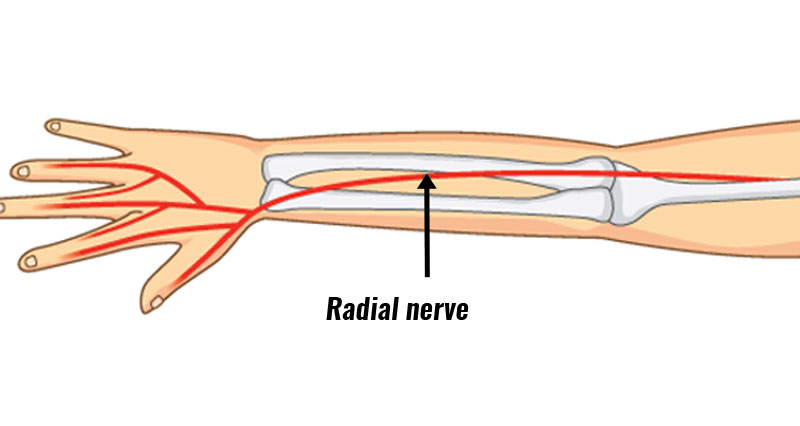

These joints are very sensitive and pain in these joints can be very harmful. Radial tunnel syndrome is a type of problem in the human body which is related to the pains present in the elbow joints. There are many specific symptoms for all the pains and they are diagnosed in different methods as well. The human body is very sensitive and one can feel pain in any part of the body due to several reasons.

An irritated radial nerve can also cause stiffness in the muscles of the forearm, which can, at times, lead to a cramping sensation. If the activity has been overly strenuous, the pain may linger on for quite some time and will be felt as a deep aching pain rather than a surface pain. This happens quite often at night, with the forearm becoming painful for seemingly no good reason. There are instances though when the pain returns even when the arm is at rest. Pain caused by radial tunnel syndrome tends to become worse as the activity causing it continues and will become less, or go away, once the activity ceases or the arm is allowed to rest. Weakness, if present, is usually dependent upon just where compression or entrapment of the radial nerve is happening. The pain may be accompanied by weakness in the wrist or the fingers. When pain is experienced, it is usually felt along the outer forearm, and it may also be felt from the wrist down into the upper part of the hand. So you should go for the treatment of the problem because it can cause many other problems. These symptoms point to the problem of Radial Tunnel Syndrome. The pain will increase as you move or bend your elbow. The muscles of your forearm will become weak. Well, if we talk about the symptoms of Radial Tunnel Syndrome then there are many symptoms from which you can diagnose this problem. It is very necessary to diagnose this problem because it can be increased as time will pass. You will also get pain when you will move your elbow, bend it or try to grip anything with your hand. When the tunnel is very small and narrow, the nerve gets squeezed which leads to the pain. There is another case when one gets pain. The nerve passed down the arm when squeezes, it produces pain. Well, if we talk about the radial tunnel then the tunnel formed by the bone and muscles is called the radial tunnel. Another nerve, the ulnar nerve, gives sensation to part of the ring finger and the middle finger, while it is the median nerve that provides sensation to the palm of the hand and the bottoms of the fingers. The radial nerve does not provide sensation at the fingertips.

It also provides sensation to the thumb, to the three first fingers, and to part of the fourth, or ring finger. The radial nerve is the nerve that provides sensation to the dorsal muscles in the hand, which are the muscles on the top part of the hand. It then follows one of the two lower arm bones, the radius, down to the wrist and the hand. Upon exiting from the spinal column in the vicinity of the neck, it enters the upper arm, under the shoulder, and then follows a path near the triceps muscles where it crosses over the humerus, or upper arm bone, just above the elbow joint. The nerve of interest in here is the radial nerve. There are three large nerves in the forearm, the ulnar nerve, the median nerve, and the radial nerve. However, if one of these nerves should happen to be damaged, or even if one should become irritated, the symptoms can sometimes be profound. The path taken by the three primary nerves in the arm is often neglected. In most discussions concerning the anatomy of the arm or the forearm, the attention tends to be directed towards the three primary bones, the muscles, and to some extent the tendons of the elbow and wrist joints, with the elbow joint usually receiving the most attention. To better understand just what is involved with this disorder, a basic understanding of the anatomy of the arm can be helpful, particularly of the forearm and the hand.


 0 kommentar(er)
0 kommentar(er)
